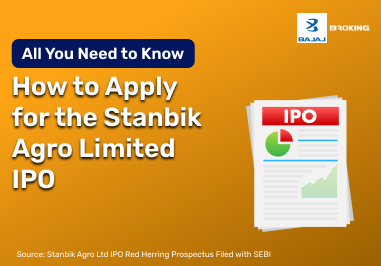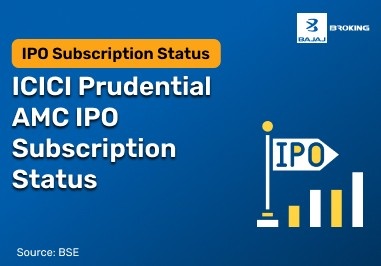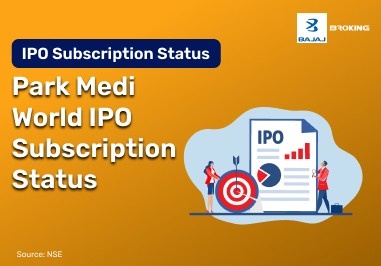Barrier options are a type of derivative contract in which the option’s validity is dependent on the underlying asset reaching a pre-defined price level known as the barrier. This structure introduces an additional condition to the traditional options framework. Unlike plain vanilla options, where the contract remains valid irrespective of the price movements of the underlying asset, barrier options either come into effect or become void when the asset hits the set barrier. These options are generally categorised into two primary types: knock-in options and knock-out options. The path-dependent nature of barrier options requires careful consideration of volatility, asset behaviour, and pricing models.
Barrier options are extremely unique options whose value is defined through the underlying asset’s potential to reach a specific barrier limit. Barrier options are also known as knock-in or knock-out options. Barrier options have carved a special niche for themselves in the options market because their price and payoff are dependent on the underlying asset breaching or not breaching the predetermined barrier limit.
Understanding the Barrier Options Meaning
Here is everything you need to know to understand what barrier options are:
Barrier options are defined by their unique feature of activation or deactivation based on the movement of the underlying asset price relative to a predetermined level. This level is referred to as the barrier. If the asset price hits this barrier during the option’s term, the status of the option changes accordingly.
There are two major forms:
A barrier option is where the potential payoff depends on whether or not the underlying asset’s value will reach a predetermined level, known as the barrier.
This needs to be achieved during the option’s lifespan.
A barrier option’s value is dependent on the asset’s ability or inability to breach the barrier.
Barrier options can be divided into two main categories: knock-in and knock-out options.
Knock-in options:
Knock-out options:
They are active by default from the issuance of the option
They become deactivated or “knocked out” when the underlying asset’s price reaches the barrier level.
The option ceases to exist after this and holders cannot exercise it anymore.
The barrier level can be set above (up) or below (down) the asset’s price at the time of entering the contract. The application of barrier options may align with scenarios where certain price thresholds are considered relevant to an investor’s objective or market view.
How Barrier Options Work
Here is everything you need to know about the working of barrier options:
Knock-in options become valid and also gain value when the underlying asset’s price meets or breaches the barrier level.
When the option gets ‘knocked in’ in this manner, they start behaving like every other option
Holders can now exercise the option.
Knock-out options, on the other hand, are active, by default, from the get-go
They become ‘knocked out’ and lose their value if and when the underlying asset’s price meets or breaches the barrier level.
The option then ceases to exist and the holder can no longer exercise it.
With all this in mind, investors and traders need to mould their strategy accordingly.
As an example, if a trader expects the price of an underlying asset to reach the barrier level, choosing a knock-in option would be ideal for them.
Alternatively, if they think that the asset’s price is likely to touch the barrier and reverse, a knock-out option would better suit them.
Types of Barrier Options
Barrier options can be structured in several ways, depending on the relationship between the asset price and the barrier level. Each type modifies how and when the option becomes effective or terminates.
Up-and-In Option
Activated only when the underlying asset’s price rises and reaches the barrier.
Up-and-Out Option
Terminated if the asset’s price increases to or beyond the barrier.
Down-and-In Option
Comes into effect when the asset price falls and touches the barrier level.
Down-and-Out Option
Ceases to remain valid if the price drops to or below the barrier level.
Double Barrier Options
Includes both upper and lower barriers, where activation or termination is determined by the asset’s interaction with these levels.
These types reflect how contract outcomes vary with price dynamics and predetermined thresholds.
Benefits of Barrier Options
Barrier options are designed to accommodate specific risk or return structures. Their usage can be shaped by factors such as cost considerations, exposure control, or strategy design.
Cost Structure
The presence of a barrier typically adjusts the premium compared to standard options.
Scenario-Specific Structuring
Barrier options can be aligned with defined market expectations or events.
Path Dependency
Their value and outcome depend on whether the asset touches the barrier at any time during the option term.
Application Flexibility
These instruments may be used within broader structured products or risk management frameworks.
The design of barrier options introduces several decision points for traders and institutions, particularly in relation to risk containment and targeted exposure.
Examples of Barrier Options
Below are two examples of barrier options:
Aspect
| Example
|
Knock-In Barrier Option
| Suppose an investor purchases an up-and-in call option having a strike price of ₹600. The barrier level is set at ₹650 when the underlying stock is at ₹550.
In such a case, the up-and-in option would not become active till the underlying stock’s price goes beyond ₹650.
Though investors pay for the option keeping in mind its potential to become valuable, it becomes applicable only according to the condition mentioned above.
In case it doesn’t reach the barrier, the option is never triggered and the buyer loses the price they paid for it.
|
Knock-Out Barrier Option
| Suppose an investor purchases an up-and-out put option having a strike price of ₹200. The barrier level is set at ₹250 when the underlying stock is at ₹180.
If in this case, the value of the underlying asset’s value goes above ₹250 in the option’s lifetime, it will cease to exist.
The option now becomes worthless, even if it briefly touches the ₹250 barrier drops back below
|
Barrier Option Hedging - An Overview
Here’s a look at how barrier options help in managing risks.
Barrier options play a crucial role in protecting a portfolio against adverse price movements.
Despite the protection offered, barrier options allow traders to participate in favourable price movements.
By setting predetermined barriers in barrier options, traders can limit potential losses or gains.
When investors use barrier options in their hedging strategies, their risk exposure and impact of market volatility can decrease to a great extent.
Take for instance a bullish market outlook. Here an investor can use an up-and-in option to decrease any potential downside risk while benefiting from potential gains.
In a bearish market outlook, on the other hand, a down-and-out barrier option can help utilize short-term price fluctuations while staying protected from them.
Conclusion
A barrier option, like other options, offers the buyer the right, but not the obligation, to buy or sell an underlying asset. This is done at a predetermined price if and when the underlying asset’s price reaches a certain barrier level. Barrier options provide more flexibility to investors and hold more potential for higher returns. However, they too come with higher risks.
Disclaimer: Investments in the securities market are subject to market risk, read all related documents carefully before investing. This content is for educational purposes only. Securities quoted are exemplary and not recommendatory.
For All Disclaimers Click Here: https://bit.ly/3Tcsfuc














